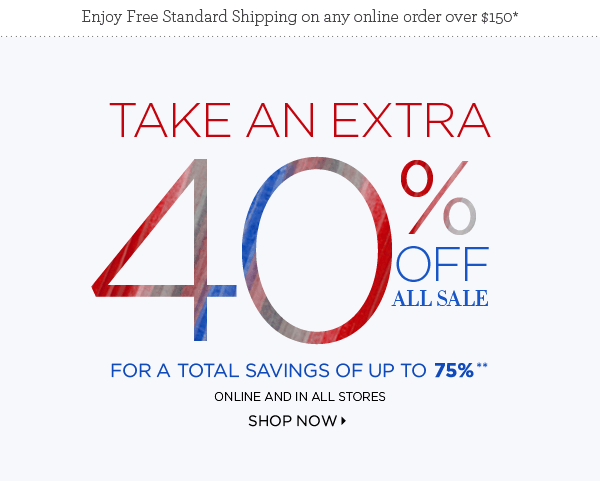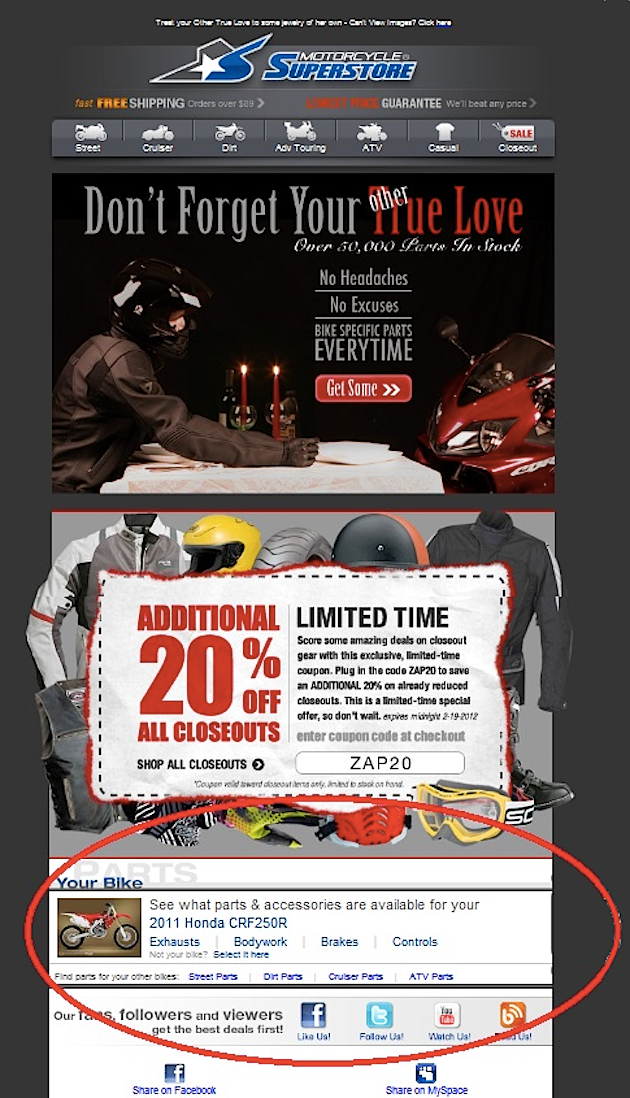Three Killer Examples of Segmentation in Email Marketing (Part 3/3)
-
UncategorizedUpdatedPosted:
On this page
By now you’re an LTV optimization wizard. You know how to calculate LTV, you’ve got a bunch of awesome email campaigns setup and you’re keen to take things to the next level…but what do you do next?
Over the last two weeks I’ve shared with you five campaigns to help you increase your average revenue per customer and seven campaigns to help you increase your average customer lifespan and decrease churn.
This week’s post concludes this series on email remarketing to increase your customer LTV. I’m going to focus on three things today:
- A few case studies showing how segmentation leads to increased opens, clicks, conversions and profits when testing your email marketing campaigns.
- A walkthrough on how to setup segmentation along with ideas on what attributes you should be using to segment your customers.
- A bonus calculator that makes it super simple to calculate your average customer LTV.
As always, this post is written to be practical. I want you to go and implement these campaigns, not just read the post!
Part 3/3: Segment your users to better target and increase LTV
Segmentation works: real world case studies
Intermix is an online women’s retailer that’s been retailing since 1993.
Intermix are a great example of how segmentation helps lift profits from email marketing – in this case by over 28%. Intermix got this result by decreasing the value of the discounts they were providing in their emails and increasing the average revenue per order for orders originating from email campaigns.
By analysing past purchasing behaviour, open and click rates and purchase order values Intermix put customers into three segments:
- VIPs – customers with higher disposable incomes that liked to shop for the latest trends.
- Sale shoppers – these shoppers loved a discount!
- Brand shoppers – customers that showed loyalty to particular brands. Still price conscious they are also motivated by other factors.
Using this information, Intermix was able to dynamically adjust the offers they sent out based on an individual customer behaviour.
Instead of discounts, VIPs received non-monetary offers such as invites to exclusive events or to meet the designers. In contrast sale and brand shoppers received more traditional discounts ranging from 10-15% off (for brand shoppers) to 30% off (for sale shoppers).
A perfect example of what segmentation is all about, this example shows us two important things we should remember when segmenting customers:
- Not all customers are equal. As I wrote in part two you will have segment that represents your VIP customers. These are the shoppers who buy from you for years, who share your brand with their friends and will even defend you if you mess up.
- Different customers do respond to different offers. Monetary discounts aren’t always the only way to get a response. Targeting VIP customers with other perks is a perfect example of a segmentation strategy that increases your profit margin and customer LTV.

An example of an Intermix campaign. You can get the full details of this case study over at Internet Retailer.
Totes Isotoner, who sell outdoor clothing, worked to target customers based on their previous individual browsing habits. A lot of their customers spend time browsing a single product category, raincoats for example, and then leave. They had a hunch that sending their standard marketing emails featuring products from all categories was not the most effective strategy they could be using.
By segmenting their product update emails to be category specific, Totes Isotoner has increased their email revenues by over 7000%.
That’s a massive (read: ridiculous) increase!
Take another example from Motorcycle Superstore. They harness the power of customer segmentation and use it to do two clever things in their email campaigns:
- When a customer searches for a product on their store, they automatically include a widget in the next email that goes out to that customer featuring the products they searched for. They only do this for customers who have searched the store in the last seven days. They are essentially segmenting customers and retargeting them with information on products they know they are individually interested in. Very savvy.
- They automatically store a customers motorcycle as a personal data attribute. This allows Motorcycle Superstore to refer to “Your bike” in email communications and actually show information on each customers’ particular setup. These ‘ads’ link to a parts page specifically designed for the motorcycle model owned by the individual customer.
By personalising their campaigns, Motorcycle Superstore have been
able to lift revenue from emails by 10%.

This image and the full details of the tests are from Marketing Sherpa. You should definitely check it out!
ALL THREE of these examples show that segmentation actually works and can have a meaningful impact on revenues generated from email marketing and the profit margin of your campaigns. The next question is…
Where on earth do I begin?!
Here are the five key steps to follow when segmenting customers and creating automated email campaigns that will increase your customer lifetime value. Use them as a checklist when you’re starting out and you can’t go wrong:
- Gather as much customer data as you can and store the data against your customer profiles. This includes customer attributes (location, acquisition channel, average order value, current lifetime) and actions (products browsed, features used, etc.). The more data you have the better you can segment.
- Dynamically personalize your emails with customer-specific data.
- Test offers across segments. Be creative or use Intermix’s ideas above – perhaps VIP customers respond effectively to non-monetary offers.
- Review your results regularly and implement necessary changes to optimize your current campaigns for profitability.
- Leave your optimized campaigns running to permanently increase your customer LTV.
To get a little more specific, if you run an e-commerce store you should do the following:
- Automatically determine your customers’ locations using their IP address, ask for basic demographic details when customers subscribe to your email marketing list or signup to your store (including age, sex and brand preferences). Ask relevant questions, such as “buying a gift?”, whenever you can. Most email marketing and CRM tools let you collect customer data alongside their profile. Use this feature!
- Track each order your customers make. Has a customer ordered once, five times or never? What is their average order value? Modern email marketing software lets you track each individual action your customers take. In most cases you can also record event variables such as purchase value. This takes away a lot of the number crunching you’d otherwise have to do yourself.
- Review the sorts of discounts you currently offer customers (free shipping, 10% off, 20% off) and send different discounts to each segment. A/B/C test each offer against each segment to see which combination works best.
- Look at your conversion and revenue statistics. Adjust your campaigns such that each segment gets the most effective email content at the most effective time.
- Watch your average customer lifespan and order value increase. Email or comment and tell me about any successes (or failures :).
Equally, if you run a SaaS business you should look out for the following:
- Where did your customers come from? AdWords, Facebook, organic search, your blog? Are they active/inactive? What plan did they sign up for? Segment customers into this buckets.
- Use your customer LTV to guide your offers and automated emails. Perhaps customers acquired via AdWords have a higher than average revenue per customer, allowing you to offer them a bigger incentive when prompting them to upgrade to annual payments. Perhaps customers who don’t log in within the first four days of the trial are unlikely to upgrade at the end of the free trial so slowing the frequency of your welcome campaign or setting a reminder to email them personally is most appropriate.
- Test different email copy, tone and subject lines against your different segments.
- Look at how these new lifecycle emails affect conversion to paid plans, upgrades to higher plans and conversions to annual billing. Keep the most successful ones going.
- Watch your revenue, cash flow, and customer LTV figures.
Conclusion
This post concludes these three posts on increasing your customer lifetime value with email remarketing. As a recap:
Want to send more personalized mobile and email messages to your users?
Learn moreCustomer story

How UNO uses email marketing from the data warehouse to deliver personalized mortgage broking

